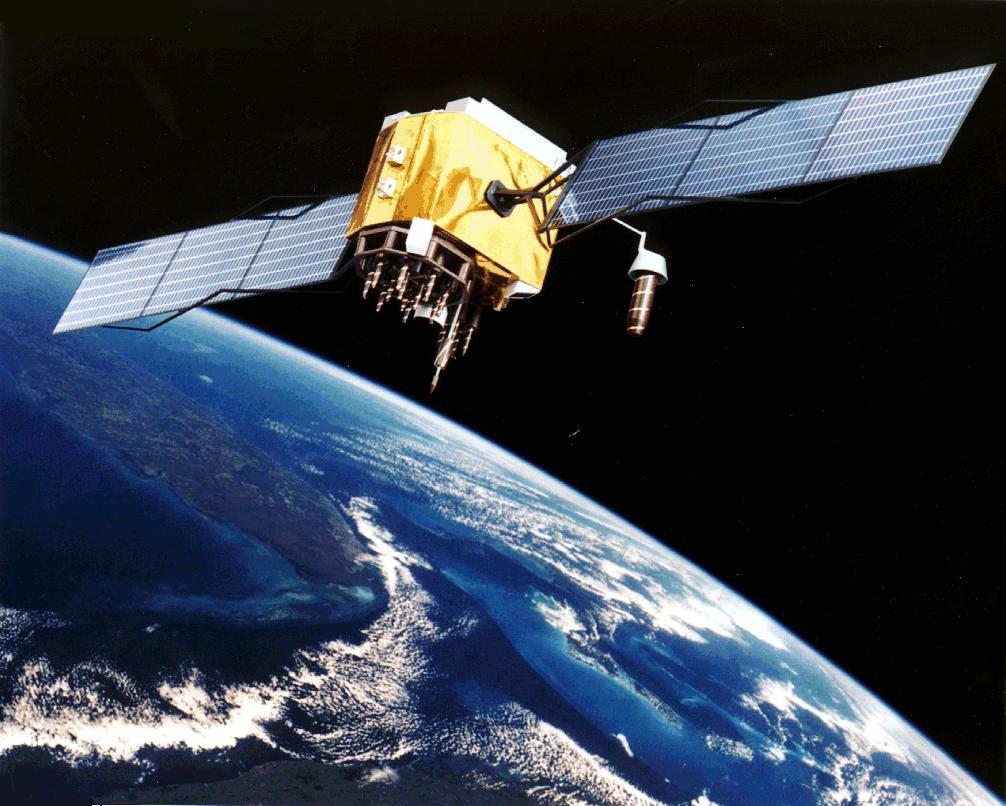New Technology and Designed based New Generation of Global Positioning System named The Block III prototype (more popular as the GPS III) which has got the more Accuracy, Power and Reliability for both Military and Civilians is now under Construction. Calculation says, it will be ready to launch in 2014.
As GPS has become ubiquitous in American Military and Civilian life, with hundreds of thousands of receivers in cars, and weapons systems, GPS III aims to improve the accuracy and availability for all users from its previous model/version/technology. According to the Congressional Budget Office, the Block III satellites are expected allowing Civilian and Military users to determine their position within 3 feet (nearly 1 meter), compared to 10 feet (3 meters) with Present Technology. The U.S. and other countries like Europe, Russia have agreed to make a new, common frequency available to civilians which is far different from Military frequency. Which means Civilian receivers could calculate their position from a number of different satellite navigation systems.
Higher-powered signals from Block III satellites are expected to be Harder and Critical for Enemies to Jam and easier for receivers to tune in, especially in urban canyons or under thick tree canopies. Lockheed Martin, based in Bethesda, Maryland, has got a $1.5 billion Air Force contract to build and test the GPS III prototype and build the first two satellites for launch. Apart from this, the contract includes an option for 10 more.
The overall Controlling System of The Air Force Space Command oversees the U.S. GPS satellites and ground control systems, will be done from its Headquarters at Peterson Air Force Base, Colo.
http://youtu.be/LPwcKsF49iY
At south of Denver in Lockheed Martin’s Waterton Canyon complex with the cost of $80 million on Monday, workers will do their final assembly working on the prototype and then run it through a Gantlet of tests, keeping in mind space’s extreme temperatures and mimic conditions. This will help them to measure and understand, whether the satellite’s radio frequencies interfere with each other or not in space. Interesting thing is, this very Prototype won’t be launched into space. Flying versions of the satellite will go through final assembly in the same room where the prototype was assembled and tested.
Eventual cost will be $5.5 billion to design, build and launch all the satellites and upgrade the ground control systems. The first flight model hope so will arrive at Waterton Canyon next summer and be launched in May 2014. “The number of planned satellites helps reduce costs,” said Keoki Jackson, Lockheed Martin program director for GPS III. “GPS is unlike most space programs,” he said. “The Air Force gets the advantage of mass procurement.” As a matter of fact, The Pentagon expects to buy and launch a total of 32 Block III satellites when available.
Image Credit to WikiMedia
[ttjad keyword=”gps-device”]




